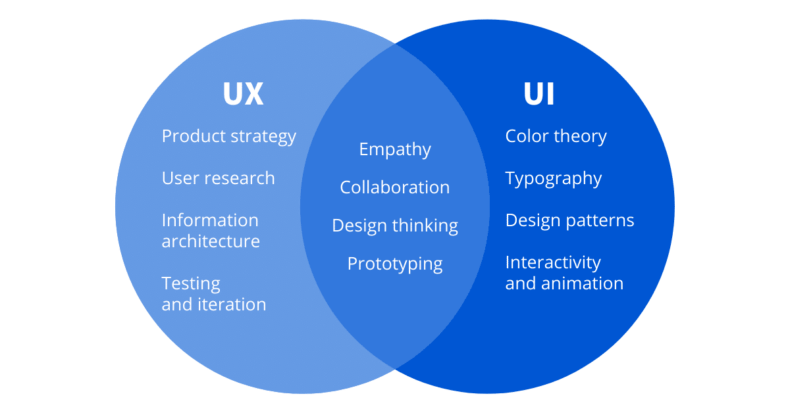Advancements in technology have been a boon for everyone. With design taking the foreground of any technological experience, there are still many areas that do not allow direct interaction between each other. But the needs of the hour have brought down many walls for many companies and their clients.
The word “design-thinking”, in simpler terms, stands for a plan or a specification for the construction of an object or system. Complicatedly, it refers to the process of producing a result of that plan or specification in the form of a product, prototype, or process.
To improvise is to be better at what one already does. Technology is an obvious boon to anyone looking to grow their business. Developing and growth go hand in hand.

Irrespective of their services, the companies concerned can always bridge the gap between technology and design by bringing both together. Running the mill would never be easier than this.
Technology for technological sectors
Sectors dealing with technology provide goods, services, and products entirely based on it. There is space for innovative technology to enhance the existing services and, moreover, a sincere collaboration with other fields.

Designing based on the sole purpose of supplicating and uplifting the essential parts of existing technology is the direct basis for company-client interaction.
With the passage of time, it has become clear that the flourishing business needs a producing design department. The companies have now come to terms with the fact that their growth depends on the deepening demand for design-thinking enhancements.

Technology for the technological sector does not work without the designing of specific types of AI and ML to direct the growth of the field. Conclusively, we can say that a technology needs another technology to support it and nullify the differences in the product availability and client’s requirements.
Technology for the Design-Thinking Sector
Designs-thinking for a successful design sector-based business come from two distinct but related design areas: UI and UX designs.

Although they have a nutshell of similarity (considered interdependent) between them, the microscopic difference between both approaches of design is in the factors of services each of them provides.
UI stands for User Interface, where the focus is on the experience of the client of the UX services provided by the design of any platform. It is confusing at some level, but the clarity comes from understanding the difference between the algorithm and the application.
As we know, the difference is that one application can have multiple algorithms to perform different functions, and we have UI/UX doing the same. It can be easily spotted as the buttons on an app and our experience with the said application.
UX is the User Experience based on their interaction with the services provided in the form of buttons, icons, toggles, screens, and other visual effects while visiting an app or a website.

For example, customers of the Amazon shopping app have different experiences based on whether they approach the provided services through a mobile application or a website. Moreover, this can easily be compared with other shopping apps and their websites.
The nutshell of UI/UX is empathy, collaboration, design thinking, and prototyping. It is similar for both kinds of designs (UI and UX).
Bringing down the wall
The type of designer and design depends on the kind of company it is and the services they provide. The clients they entertain are the basis of what they have and the solutions they are capable of providing.
Companies that work directly with clients who need a technology-based improvement for their own business require UI/UX designers, even if the clients are not required to be in the technology industry.
For example, it has been recently reported that customers or clients from the building or construction sector are looking for design-thinking solutions which are usually done by the IT sector of any leading company.

This provides further grounds for the support needed within the said company. Instead of relying solely on their IT department, companies are enhancing and upgrading their employees from other departments to directly supply the need for UI/UX designs.
This has brought down the wall where the demarcations were clear on the basis of different people with different specifications for a single project. In turn, it has also created a good job market for design-thinking educators.
Final Take
Companies in the technology and non-technology sectors are looking for graphic designers to detail projects and provide direct technology-based designs to their clients.

The benefit of such an approach in this technology-based era of business is that it has created a job market for design educators and designers alike. The walls are being brought down to instill more inclusive actions towards clients.
Read More:https://tdznkwjt9mxt6p1p8657.cleaver.live/













